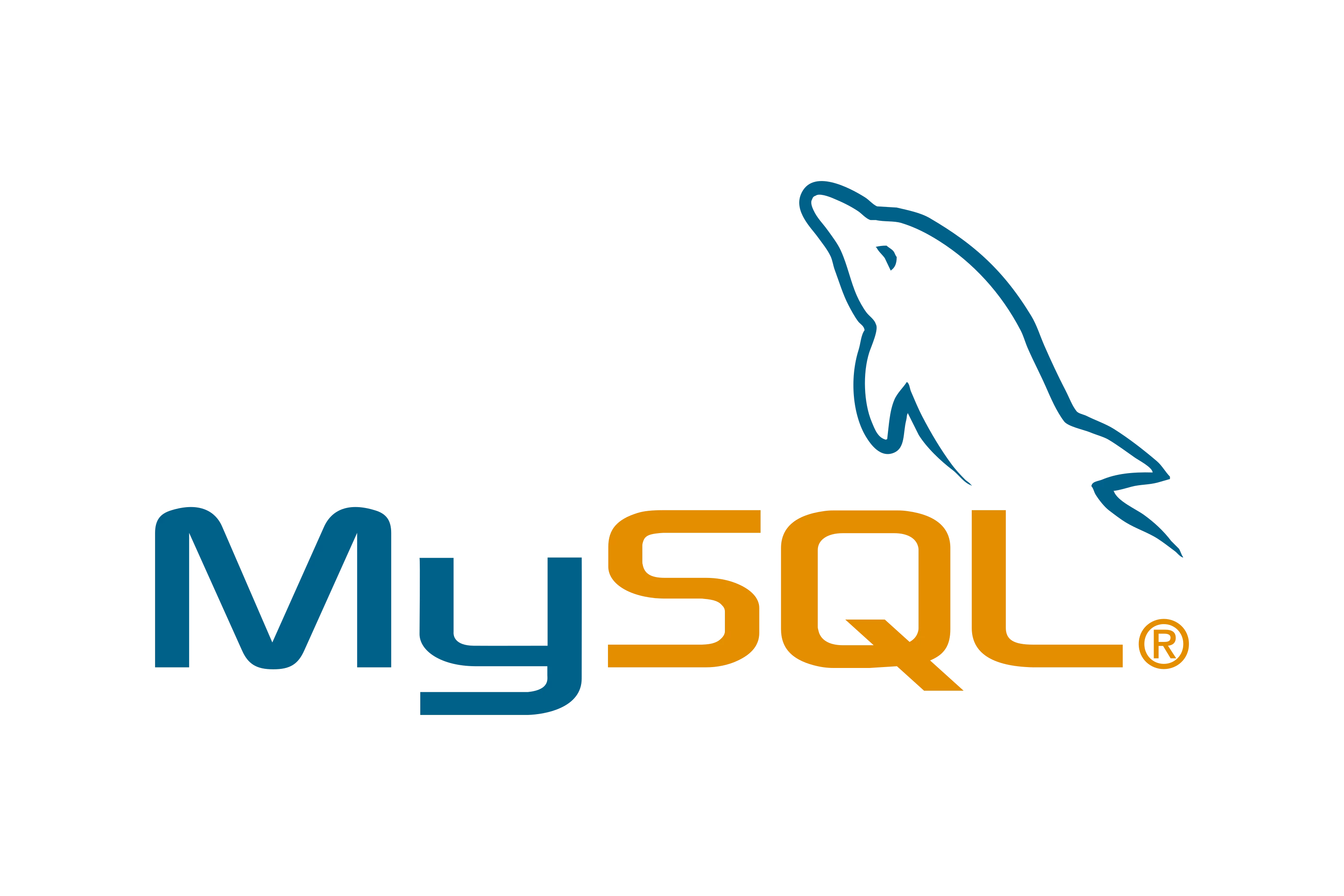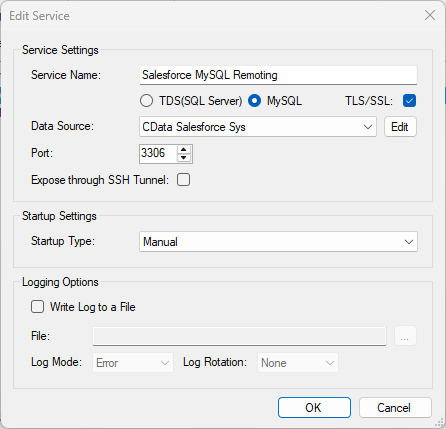ノーコードでクラウド上のデータとの連携を実現。
詳細はこちら →SingleStore ODBC Driver の30日間無償トライアルをダウンロード
30日間の無償トライアルへ製品の詳細
SingleStore ODBC Driver を使って、ODBC 接続をサポートするあらゆるアプリケーション・ツールからSingleStore にデータ連携。
SingleStore データにデータベースと同感覚でアクセスして、SingleStore データに使い慣れたODBC インターフェースで双方向連携。

CData


こんにちは!ドライバー周りのヘルプドキュメントを担当している古川です。
SQL Gateway を使って、MySQL リモーティングサービスを作成し、SingleStore のMySQL Federated Table を構築できます。CData ODBC Driver for SingleStore のMySQL インターフェースのdeamon になります。サービス起動後、MySQL のFEDERATED ストレージエンジンを使ってサーバーおよびテーブルを作成します。SingleStore データ をMySQL テーブルのように使いましょう。
If you have not already done so, provide values for the required connection properties in the data source name (DSN). You can use the built-in Microsoft ODBC Data Source Administrator to configure the DSN. This is also the last step of the driver installation. See the "Getting Started" chapter in the help documentation for a guide to using the Microsoft ODBC Data Source Administrator to create and configure a DSN.
データに接続するには、次の接続プロパティが必要です。
また、オプションで以下を設定することもできます。
標準認証で認証するには、次を設定します。
標準のユーザー名とパスワードを提供する代わりに、Windows 認証を介して信頼されたされたユーザーをサーバーに認証できます。
SSL 認証を活用してセキュアなセッションを介してSingleStore データに接続できます。次の接続プロパティを設定し、データに接続します。
SSH を使用して、セキュアにリモートマシンにログインできます。SingleStore データにSSH 経由でアクセスするには、次の接続プロパティを設定します。
See the SQL Gateway Overview to set up connectivity to SingleStore データ as a virtual MySQL database. You will configure a MySQL remoting service that listens for MySQL requests from clients. The service can be configured in the SQL Gateway UI.

After you have configured and started the service, create a FEDERATED server to simplify the process of creating FEDERATED tables:
The following statement will create a FEDERATED server based on the ODBC Driver for SingleStore. Note that the username and password of the FEDERATED server must match a user account you defined on the Users tab of the SQL Gateway.
CREATE SERVER fedSingleStore FOREIGN DATA WRAPPER mysql OPTIONS (USER 'sql_gateway_user', PASSWORD 'sql_gateway_passwd', HOST 'sql_gateway_host', PORT ####, DATABASE 'CData SingleStore Sys');
To create a FEDERATED table using our newly created server, use the CONNECTION keyword and pass the name of the FEDERATED server and the remote table (Orders). Refer to the following template for the statement to create a FEDERATED table:
CREATE TABLE fed_orders ( ..., shipname TYPE(LEN), shipcity TYPE(LEN), ..., ) ENGINE=FEDERATED DEFAULT CHARSET=latin1 CONNECTION='fedSingleStore/orders';
NOTE: The table schema for the FEDERATED table must match the remote table schema exactly. You can always connect directly to the MySQL remoting service using any MySQL client and run a SHOW CREATE TABLE query to get the table schema.
You can now execute queries to the SingleStore FEDERATED tables from any tool that can connect to MySQL, which is particularly useful if you need to JOIN data from a local table with data from SingleStore. Refer to the following example:
SELECT fed_orders.shipname, local_table.custom_field FROM local_table JOIN fed_orders ON local_table.foreign_shipname = fed_orders.shipname;
